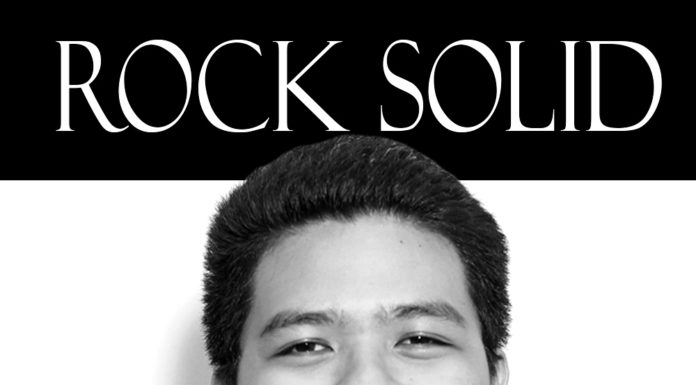YOU GRAB a cup of latte in your favorite spot at the coffee shop, turn your iPod on and open the thick book in front of you. Finally, you’re ready to study.
Others may perform a different ritual. They stare at the ceiling, seeking to block all thoughts unrelated to the task at hand. They make the sign of the cross, take a deep breath, then start reviewing.
Students employ different, and sometimes absurd, learning strategies, but which of them really work and which ones are just plain silly?
Three guidance counselors from the Faculty of Arts and Letters have given their insights on the do’s and don’ts of studying.
Know your learning style
“Know the reasons why you want to achieve good grades so you know what your anchor is,” guidance counselor Lalaine Lachica tells the Varsitarian.
She says people have their own learning style, meaning some are receptive to auditory, tactile or kinesthetic, visual and mixed learning, or a combination of these methods.
Auditory learners learn best through hearing and easily pick up the lesson by listening to the professor’s lecture.
Visual learners absorb the lessons by looking at images or visual aids.
The tactile or kinesthetic learners like to move a lot and make good use of their hands while studying.
The last type of learning style, mixed learning, is best exemplified by those who often use a highlighter when studying. Not only do they use their hands but they make use of their eyes as well.
By identifying which learning style fit them best, students will be able to determine their strengths and amplify their retention of facts, according to Lachica.
Hard subjects first
Procrastination infects not a few students, who later resort to cramming. Experts say cramming lead to mediocre output. Lachica encourages students to come up with a “to-do” calendar.
“As a college student, use your free time wisely,” she says.
As you prepare for an exam, knowing which to study first would also help. For Guidance Councilor Regina Atinaja, it is ideal to start with the hard subjects first before proceeding to the easier ones.
She explains that one’s energy decreases while studying, and by knowing which subject to give priority to, energy is properly used.
But it is still best if one would “study at least two to three days before the exam to avoid cramming,” Atinaja says.
Find a perfect spot
It could be your bedroom, the library, or any place you want, as long as its conducive for studying. Atinaja says that the place should be well ventilated and lighted to make studying more comfortable.
Keep all the materials at hand before studying. Looking for a pen or a book while in the middle of studying would cause one to loose momentum and focus. Playing music is also advisable for those who cannot stand too much silence. But it still depends on the student’s learning style.
“If you’re memorizing something, you should have concentration,” Atinaja says.
Be in good shape
Your body should be always in good condition especially when studying. For the brain to function properly, one should eat right.
Guidance counselor Maryfe Roxas cites a study saying that glucose stimulates and energizes the brain. Though a long list of foods may do just that, Roxas says that studying at least one week before the exams will help students retain the lessons in their memory.
There are also popular food supplements and memory enhancers that students take before or during exams. However, Atinaja warns that taking these drugs “may have positive and negative effects.”
She explains that one may just experience a “placebo” effect, the idea that a medicine works when it actually doesn’t.
Lack of sleep is also strongly discouraged. Staying up all night causes mental block and sleeping anxieties among students.
“If you do not sleep enough, you [might just] fall asleep during the exam. At least allot seven, if not eight, hours of sleep before the exam,” Atinaja says.
Be in a study group
More heads are better than one. This especially applies to learning.
When students do not understand the lesson, it may be better to study in groups than to study alone. This way, one may ask about a certain topic he or she does not understand, and the group may give a helping hand.
Students can also borrow studying materials such as handouts and readings, from the group which will greatly help during the examinations.
But group studies are not applicable to everyone. Lachica says that there are those who work better and are more comfortable when they are alone.
If all else fails, do not hesitate to seek help from your local guidance counselors and student organizations. Just remember to always relax, take a deep breath, and pray. M. J. A. D. Cruz

















